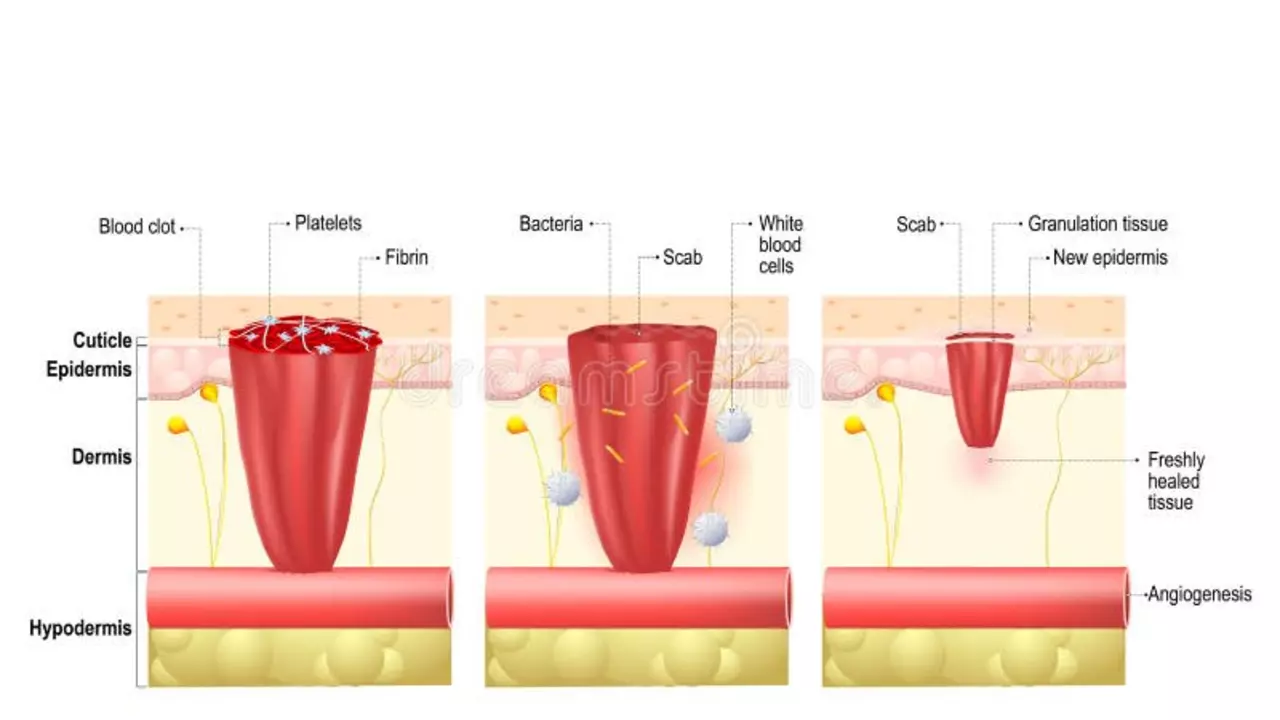Stents: What They Do and Why They Matter
If your doctor said you need a stent, you probably want clear, usable facts — not medical fluff. A stent is a small mesh tube doctors place inside a narrowed or blocked blood vessel to hold it open. Most people hear about coronary stents (for heart arteries), but stents also treat peripheral arteries, carotid arteries, and even problems in the aorta.
Types of stents — simple breakdown
Bare-metal stents are a basic metal scaffold. They work fast but can let tissue grow back and narrow the vessel again (restenosis). Drug-eluting stents slowly release medicine that reduces that tissue growth — they cut restenosis rates a lot compared to bare-metal options. There are also covered stents and stent grafts used for aneurysms or large vessel repairs. Your cardiologist will pick the best type for the problem and for your overall health.
Which one is right for you depends on the blockage, where it sits, your bleeding risk, and other health issues like diabetes. If you want specifics, ask your doctor to explain why they chose a certain stent for your case.
What to expect after stent placement and practical aftercare
After the procedure you’ll usually stay a few hours or overnight. Expect soreness at the access site (groin or wrist), and follow simple wound care: keep the area clean and dry and avoid heavy lifting for a few days. Most people feel back to normal within a week or two, depending on other health issues.
Medications matter. You’ll be on antiplatelet drugs to stop clots forming on the new stent. That usually means aspirin plus a second drug (clopidogrel, ticagrelor, or prasugrel). Duration varies: many patients with drug-eluting stents take dual therapy for around 6–12 months (shorter if bleeding risk is high); bare-metal stents often need only about 1 month of dual therapy. Your cardiologist will tell you what fits your situation.
Control your risk factors: take statins to lower LDL cholesterol (high-intensity statins are common after stents), keep blood pressure in range, manage diabetes, and quit smoking. These steps cut your chance of future blockages and improve long-term results.
Warning signs you should never ignore: sudden chest pain, heavy sweating, fainting, severe shortness of breath, or any symptom that feels like a heart attack. Call emergency services immediately if these occur. Mild pain at the access site, low-grade fever, or minor bruising can be normal — still mention them at your follow-up.
Follow-up usually includes clinic visits and sometimes noninvasive testing (like a stress test) if symptoms appear. Routine repeat angiography isn’t typical unless problems arise.
Final word: stents fix a mechanical problem fast, but they’re not a free pass. Meds, lifestyle changes, and regular checkups make the difference between a one-time fix and lasting heart health. Ask your care team for a clear plan — timeline for medicines, activity limits, and when to call if something feels off.




